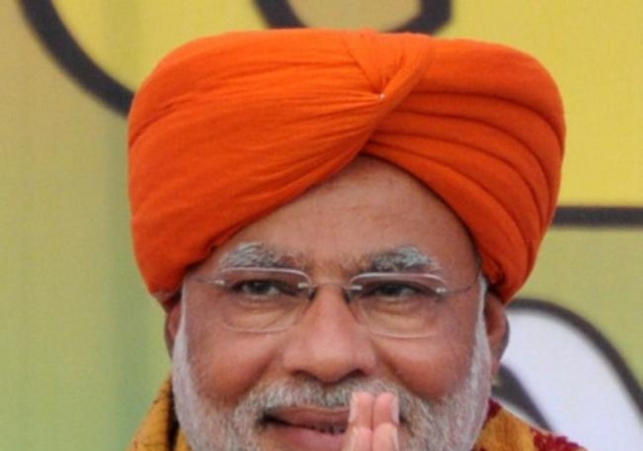

The S-400 Triumf advanced surface-to-air missile defence system has begun deployment in India, with the first unit set to go functional in April.
While the Narendra Modi government has remained tight-lipped about the project, officials with firsthand knowledge of the situation have told Hindustan Times that all five units will be placed in deep locations to counter China's threat.
By next year, all five units of the S-400 system, which can shoot down a hostile aircraft or missile at a range of 40 to 400 kilometers, should be operational.
The S-400 system was purchased from Russia in October 2018 as part of a $5 billion agreement.
Since May 2020, the Indian Army and the Chinese PLA have been at odds across the 597-kilometer-long Ladakh LAC, with Beijing unwilling to restore the April 2020 status quo in Gogra-Hot Springs and restore India's unrestricted patrolling rights in Depsang Bulge in the Daulet Beg Oldi (DBO) sector and Charding Nullah Junction (CNJ) in the Demchok sector.
PLA has already deployed two S-400 systems over the LAC, at Ngari Gar Gunsa (opposite Demchok) and Nyingchi (across Arunachal Pradesh), with the remaining three systems being deployed to counter the Indo-Pacific threat.
During his confirmation hearing before the Senate Foreign Committee last Wednesday, James O' Brien, President Joe Biden's nominee for the US State Department's coordinator for sanctions policy, said that while the US has discouraged India from buying Russian S-400 systems, Washington's decision on whether to sanction India under the Countering America's Adversaries Through Sanctions Act (or CAATSA; a law that aims to punish Russia, North Korea, Iran, and other countries) is still being made.
He said it was tough to compare India to Turkey (which has been sanctioned by the US for purchasing the S-400 system from Russia) because the latter was a NATO ally who had broken with previous defence procurement agreements. India, on the other hand, is a rapidly rising partner with long-standing defence ties to Russia.
In the face of a belligerent PLA all along the 3,488-kilometer-long LAC, India has made it clear to its close partner the United States through top diplomatic and security channels that the procurement of the Russian S-400 system was in its national interest.
While India has supplied technical solutions to ensure that the S-400 system does not share information with Russia about US-made military planes and helicopters, it has also opted to deploy all five systems to shield India from Beijing's growing military threat.
Two S-400 systems have already arrived in India in advance consignments from Moscow, and Indian teams trained in Russia are currently assembling the systems and radars. According to analysts, the fact that the systems would be used against China may influence the US decision; China is the US's main concern right now.
With a powerful radar as the heart of the offensive air defence system, the S-400 system is one of a kind.
It can track several targets at different ranges and neutralize them with anti-missiles of variable ranges before the adversary's fighter, bomber, or missile poses a threat.
Because the S-400 system is so powerful, it can follow, engage, and respond to Chinese aircraft as soon as they take off from airbases near the Line of Actual Control.